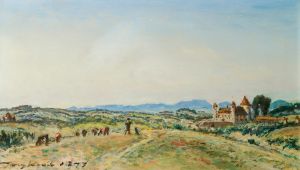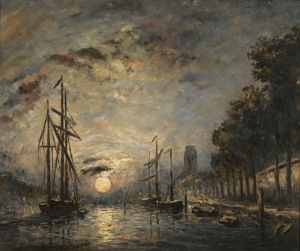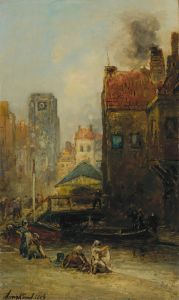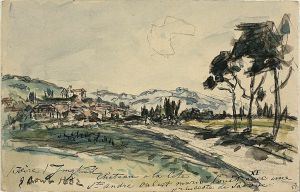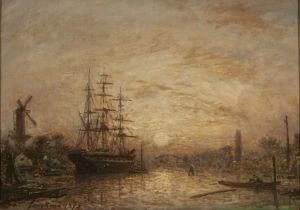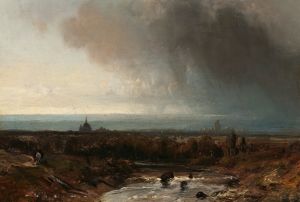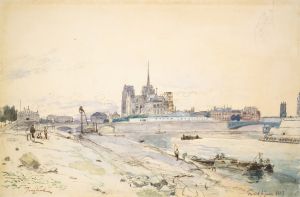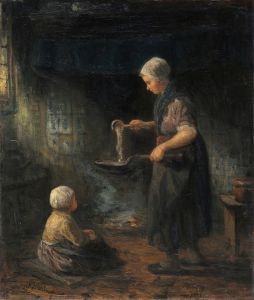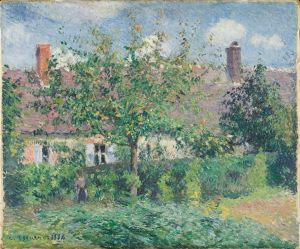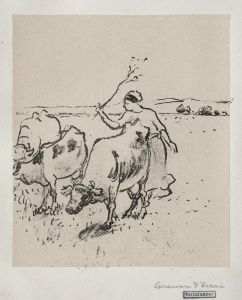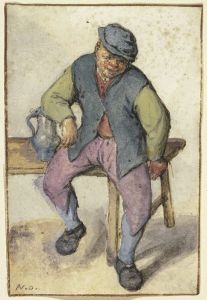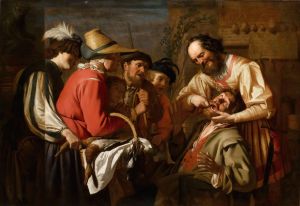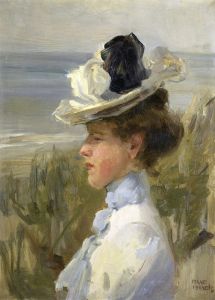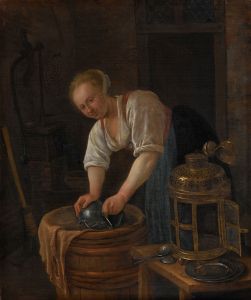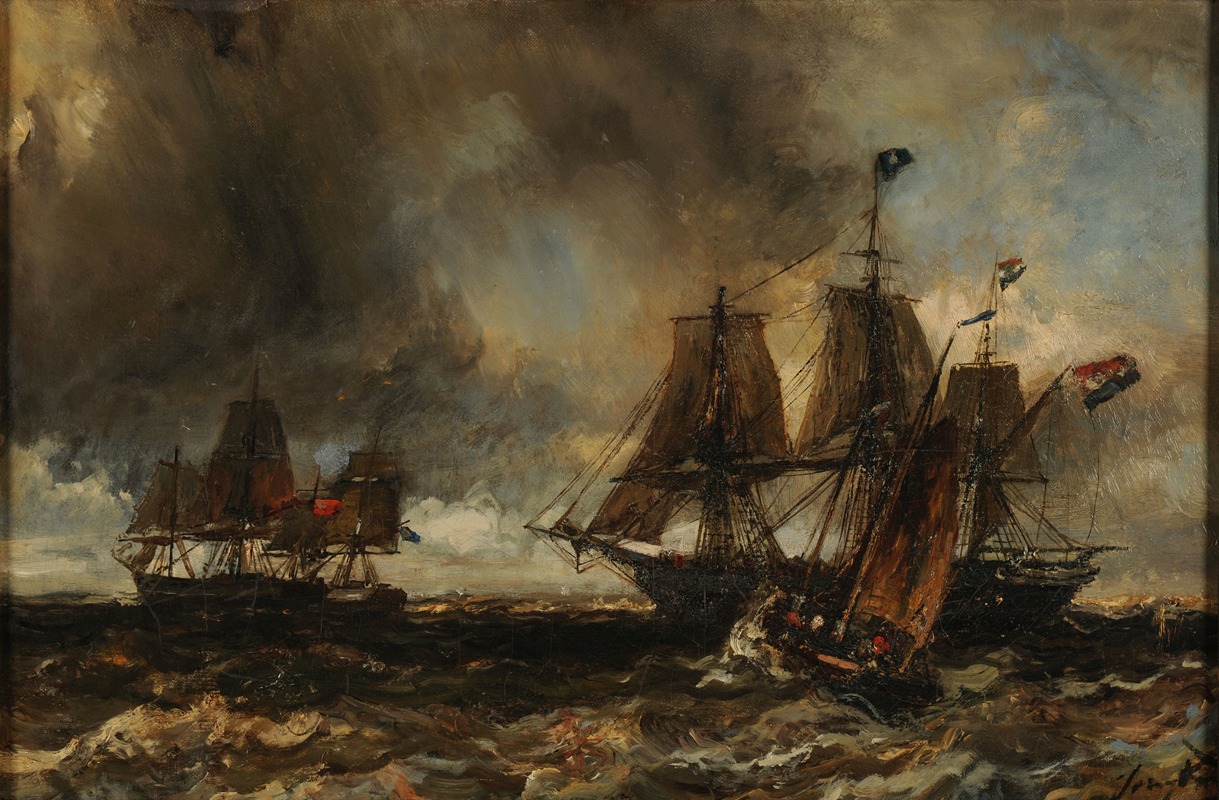
Le Grain
A hand-painted replica of Johan Barthold Jongkind’s masterpiece Le Grain, meticulously crafted by professional artists to capture the true essence of the original. Each piece is created with museum-quality canvas and rare mineral pigments, carefully painted by experienced artists with delicate brushstrokes and rich, layered colors to perfectly recreate the texture of the original artwork. Unlike machine-printed reproductions, this hand-painted version brings the painting to life, infused with the artist’s emotions and skill in every stroke. Whether for personal collection or home decoration, it instantly elevates the artistic atmosphere of any space.
Johan Barthold Jongkind was a Dutch painter and printmaker, known for his significant influence on the Impressionist movement. Born on June 3, 1819, in Lattrop, Netherlands, Jongkind spent much of his artistic career in France. He is celebrated for his landscapes and marine scenes, which often depict the French countryside and coastlines with a distinct sense of light and atmosphere.
One of Jongkind's notable works is "Le Grain," a painting that exemplifies his mastery in capturing transient effects of light and weather. While specific details about "Le Grain" are scarce, Jongkind's oeuvre is characterized by his innovative use of color and light, which laid the groundwork for the Impressionists who followed him. His technique involved applying paint in a loose, fluid manner, allowing him to convey the fleeting nature of his subjects, particularly the changing skies and reflections on water.
Jongkind's approach to painting was informed by his training and experiences. He studied at the Academy of Fine Arts in The Hague and later moved to Paris, where he became associated with artists such as Eugène Isabey and François-Edouard Picot. His time in Paris was crucial, as it exposed him to the burgeoning art scene and allowed him to develop his unique style. Jongkind's work was well-received in France, and he exhibited at the Salon, gaining recognition for his innovative techniques.
"Le Grain" likely reflects Jongkind's interest in atmospheric conditions, a recurring theme in his work. The term "grain" in French can refer to a sudden squall or storm, suggesting that the painting might depict a scene with dramatic weather changes. Jongkind was known for his ability to capture such moments, using a palette that emphasized the contrasts between light and shadow, and the interplay of colors in the sky and landscape.
Jongkind's influence on the Impressionists cannot be overstated. Artists like Claude Monet and Camille Pissarro admired his work and were inspired by his ability to depict natural light and atmospheric effects. Monet, in particular, credited Jongkind with teaching him how to see and interpret the natural world, which became a cornerstone of the Impressionist movement.
Throughout his career, Jongkind remained committed to plein air painting, a practice that involved working outdoors to capture the essence of a scene directly from nature. This approach allowed him to observe and render the subtleties of light and weather with immediacy and authenticity. His dedication to this method is evident in works like "Le Grain," where the dynamic elements of the environment are brought to life on canvas.
Jongkind's legacy is preserved in numerous collections around the world, including the Musée d'Orsay in Paris and the Rijksmuseum in Amsterdam. His contributions to art history are recognized for bridging the gap between the Romantic landscape tradition and the Impressionist movement, making him a pivotal figure in the evolution of modern art.
In summary, while specific information about "Le Grain" is limited, Johan Barthold Jongkind's broader body of work provides insight into his artistic vision and techniques. His ability to capture the ephemeral qualities of nature continues to be celebrated, and his influence on subsequent generations of artists underscores his importance in the history of art.





